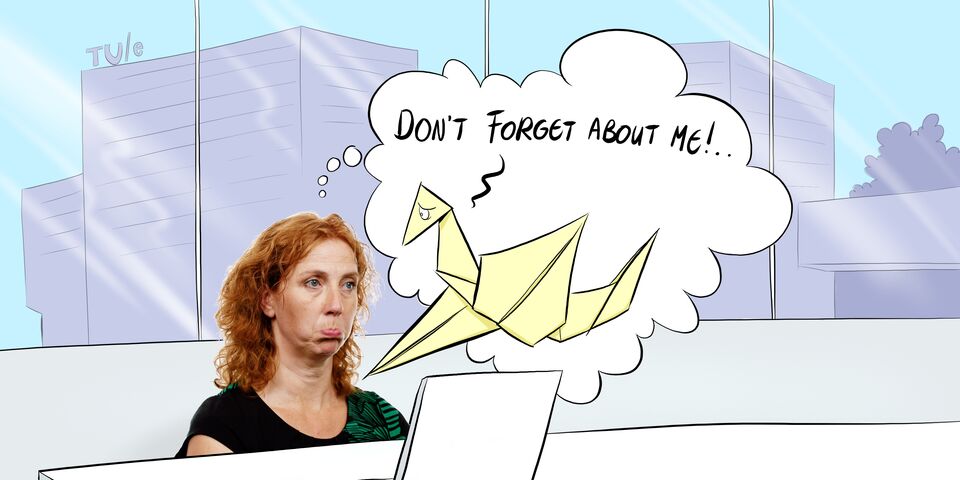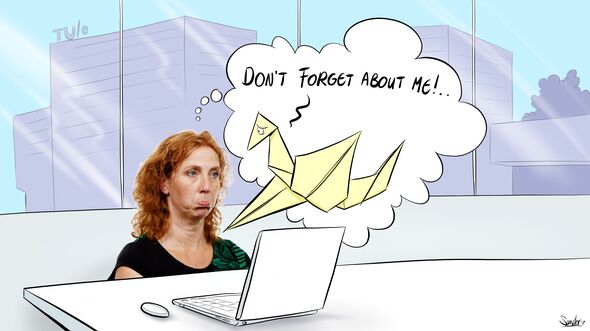Brainmatters | Who - where, what - am I?
While brushing my teeth at night it often occurs to me that I have forgotten something, or may forget something in the morning. To prevent this actually happening, I place a random object from the bathroom at the top of the stairs. Secure in the knowledge that I will trip over it while I'm getting ready in the morning, I sleep easy - my memory has been given a tangible helping hand.
Physical objects often aid our memory - prospectively, as I describe above, to remind us that something needs to happen, but much more often retrospectively. A photograph, a bag, a child's toy - many things in my house hold memories that can be instantly recalled when I use them, or even when I simply set eyes on them. In this way, we externalize, both consciously and unconsciously, much of our memory in objects around us.
Last week I was reading the draft thesis written by Annemarie Zijlema (ID), which deals with exactly this phenomenon. It is a fascinating subject and particularly relevant to me because I am about to move house. Our entire household - from the huge corner sofa down to the most trivial item of no significance in the kitchen drawer - must be packed up and soon find itself a spot in our new house.
In a different way, in a different place and in new configurations, everything there will stimulate my memory, and thus my view of my past - and with it myself - will change.
Origami swans
Another relocation awaits us later this year: we will be moving to our new premises in the brand new Atlas building. The magnificent facade is as good as finished and inside too the rooms are starting to take on their new form.
But in my new room I won't be able to lose myself in choosing the right spot for all those pieces of my past that I have gathered over the years of my professional life - the books whose spines I only have to see to know what they contain, the tickets, reports, origami swans from Japanese conference-goers, little gifts from my graduating students. I'll be getting a 'clean desk', no set of drawers under my desk, no meters of archive and bookcases - with 1.5 meters of shelf space per person we are 'flexible', at least the building is. As a service, the university has offered me a helpful student who can digitalize everything that I don't want to be without. Expect for my books of course, because they are too numerous and too thick.
Captured in bytes
Digital objects are great: they take up no space, can be endlessly copied and distributed, and can be easily retrieved with a search. But their failing is precisely that they occupy no space, are not tangible, don't catch the eye and don't lie about the place. My articles have long since been digitalized. Of all the other artifacts that are really close to my heart the essence of none can be captured in bytes. So everything will be different in my new workplace. The big question is whether I will manage to remain the same.
Yvonne de Kort, Professor of Environmental Psychology at Human-Technology Interaction



Discussion